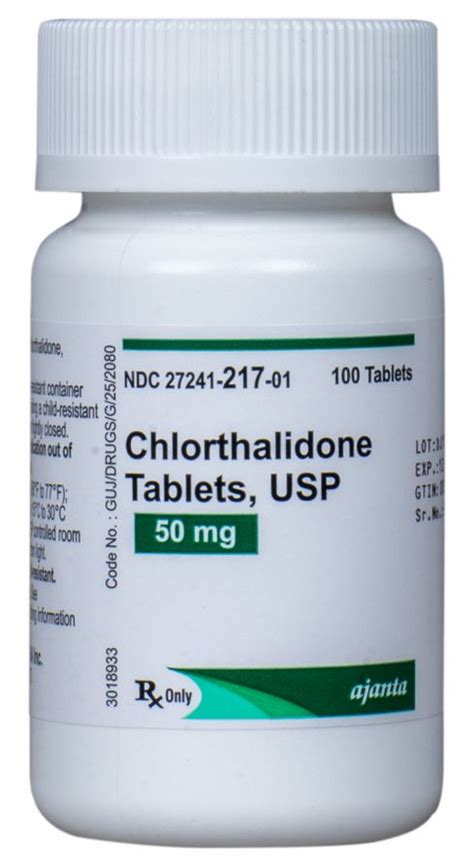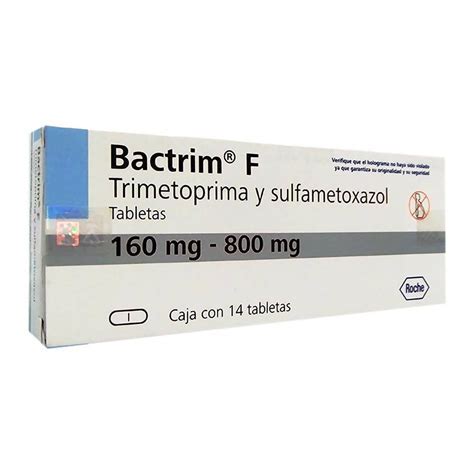Intro
Discover how Chlorthalidone treats hypertension, a diuretic medication managing high blood pressure, cardiovascular disease, and edema, promoting healthy blood flow and heart function.
Hypertension, or high blood pressure, is a prevalent condition that affects millions of people worldwide, increasing the risk of heart disease, stroke, and kidney disease. Managing hypertension is crucial to prevent these complications, and various medications are available to help control blood pressure. One such medication is chlorthalidone, a diuretic that has been widely used for decades to treat hypertension. In this article, we will delve into the world of chlorthalidone, exploring its benefits, working mechanisms, and practical applications in hypertension treatment.
The importance of managing hypertension cannot be overstated. Uncontrolled high blood pressure can lead to severe health issues, including heart failure, coronary artery disease, and chronic kidney disease. The economic burden of hypertension is also significant, with billions of dollars spent annually on healthcare costs, lost productivity, and medication. Chlorthalidone, as a medication, plays a vital role in reducing blood pressure, thereby decreasing the risk of these complications. Its effectiveness, combined with its relatively low cost, makes it an attractive option for patients and healthcare providers alike.
Chlorthalidone's popularity can be attributed to its unique properties, which distinguish it from other diuretics. It has a longer duration of action, allowing for once-daily dosing, and its ability to reduce blood pressure at lower doses makes it an excellent choice for patients with mild to moderate hypertension. Furthermore, chlorthalidone has been shown to have a positive effect on cardiovascular outcomes, reducing the risk of heart attacks, strokes, and deaths from cardiovascular disease. As we explore the benefits and mechanisms of chlorthalidone, it becomes clear why this medication remains a cornerstone in hypertension treatment.
Introduction to Chlorthalidone

Chlorthalidone is a thiazide-like diuretic, belonging to a class of medications that increase urine production, helping to remove excess fluid from the body. This process, known as diuresis, reduces blood volume, which in turn decreases blood pressure. Chlorthalidone's chemical structure is similar to that of thiazide diuretics, but its pharmacological properties are distinct, making it a valuable option for patients who may not respond to traditional thiazide diuretics.
Benefits of Chlorthalidone
The benefits of chlorthalidone are numerous, making it an attractive option for patients with hypertension. Some of the key advantages include: * Long duration of action, allowing for once-daily dosing * Effective at reducing blood pressure at lower doses * Positive effect on cardiovascular outcomes, reducing the risk of heart attacks, strokes, and deaths from cardiovascular disease * Low cost, making it an accessible option for patients * Can be used in combination with other medications to enhance its effectivenessWorking Mechanism of Chlorthalidone

Chlorthalidone's working mechanism is complex, involving multiple pathways to reduce blood pressure. The primary mechanism of action is the inhibition of sodium and chloride reabsorption in the distal convoluted tubule of the kidney. This leads to an increase in urine production, which in turn reduces blood volume and decreases blood pressure. Additionally, chlorthalidone has been shown to have a direct effect on blood vessels, causing them to relax and dilate, further reducing blood pressure.
Steps to Take Chlorthalidone
To get the most out of chlorthalidone, patients should follow these steps: 1. Take the medication as directed by your healthcare provider, usually once daily. 2. Monitor your blood pressure regularly to ensure the medication is working effectively. 3. Report any side effects, such as dizziness or lightheadedness, to your healthcare provider. 4. Combine chlorthalidone with a healthy lifestyle, including a balanced diet and regular exercise, to enhance its effectiveness.Practical Applications of Chlorthalidone

Chlorthalidone has numerous practical applications in hypertension treatment. It can be used as a monotherapy or in combination with other medications to enhance its effectiveness. Additionally, chlorthalidone has been shown to be effective in reducing blood pressure in patients with resistant hypertension, making it a valuable option for patients who have not responded to other treatments.
Statistical Data
Studies have consistently shown the effectiveness of chlorthalidone in reducing blood pressure and improving cardiovascular outcomes. For example, the Antihypertensive and Lipid-Lowering Treatment to Prevent Heart Attack Trial (ALLHAT) study found that chlorthalidone was superior to other medications in reducing the risk of heart attacks, strokes, and deaths from cardiovascular disease.Side Effects and Interactions

While chlorthalidone is generally well-tolerated, it can cause side effects, including:
- Dizziness or lightheadedness
- Headache
- Fatigue
- Increased urination
- Electrolyte imbalances
It is essential to report any side effects to your healthcare provider, as they can be managed with adjustments to the medication or dose.
Interactions with Other Medications
Chlorthalidone can interact with other medications, including: * Nonsteroidal anti-inflammatory drugs (NSAIDs) * Corticosteroids * Lithium * DigoxinIt is crucial to inform your healthcare provider about all medications you are taking to minimize the risk of interactions.
Conclusion and Future Directions

In conclusion, chlorthalidone is a valuable medication for the treatment of hypertension, offering numerous benefits, including a long duration of action, effectiveness at reducing blood pressure, and a positive effect on cardiovascular outcomes. As research continues to uncover the complexities of hypertension, it is likely that chlorthalidone will remain a cornerstone in treatment, with potential new applications and combinations emerging to enhance its effectiveness.
Final Thoughts
As we reflect on the importance of managing hypertension, it becomes clear that chlorthalidone plays a vital role in reducing blood pressure and improving cardiovascular outcomes. By understanding the benefits, working mechanisms, and practical applications of chlorthalidone, patients and healthcare providers can work together to develop effective treatment plans, ultimately reducing the risk of complications and improving overall health.What is chlorthalidone used for?
+Chlorthalidone is used to treat hypertension, or high blood pressure, by reducing blood volume and decreasing blood pressure.
How does chlorthalidone work?
+Chlorthalidone works by inhibiting sodium and chloride reabsorption in the distal convoluted tubule of the kidney, leading to an increase in urine production and a decrease in blood volume.
What are the benefits of chlorthalidone?
+The benefits of chlorthalidone include its long duration of action, effectiveness at reducing blood pressure, and positive effect on cardiovascular outcomes.
We hope this article has provided you with a comprehensive understanding of chlorthalidone and its role in hypertension treatment. If you have any questions or comments, please don't hesitate to reach out. Share this article with others who may benefit from this information, and let's work together to promote awareness and education about hypertension management.
